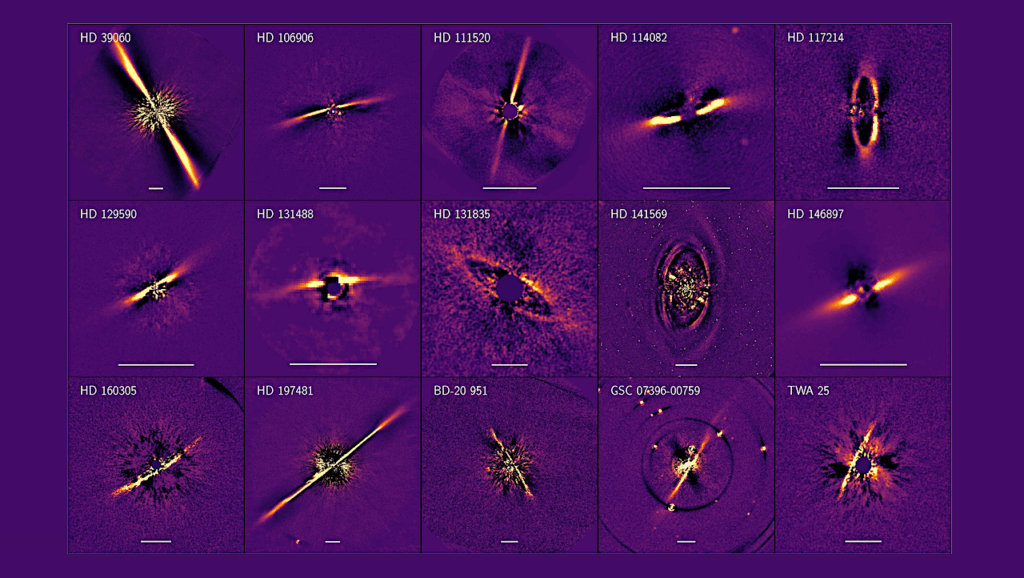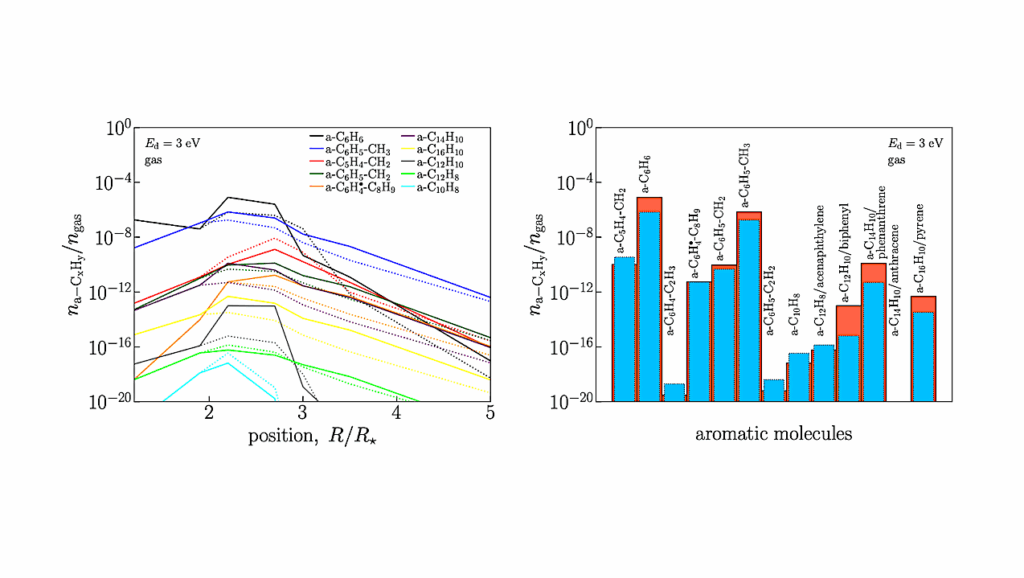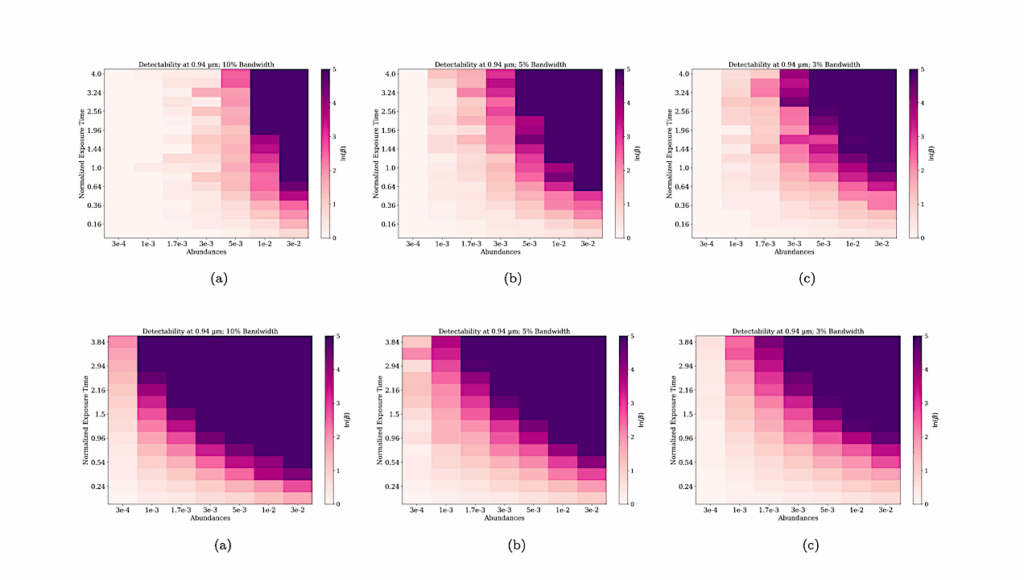Correlation Between Formaldehyde and Methanol in Prestellar Cores

Formaldehyde is a key precursor in the formation routes of many complex organic molecules (COMs) in space. It is also an intermediate step in CO hydrogenation sequence that leads to methanol formation on the surface of interstellar grains in cold dense prestellar cores where pristine ices are formed. Various chemical models successfully reproduce the COMs abundances in cold cores, however, they consistently overpredict the abundance of formaldehyde by an order of magnitude.
This results in an inverse H2CO:CH3OH abundance ratios obtained in the astrochemical simulations as compared to the observed values. In this work, we present a homogeneous data set of formaldehyde observational maps obtained towards seven dense cores in the L1495 filament with the IRAM 30 m telescope. Resolving the spatial distribution of the molecules is essential to test the chemical models.
We carefully estimate the formaldehyde column densities and abundances to put reliable observational constraints on the chemical models of cold cores. Through numerous tests, we aim to constrain the updated chemical model MONACO to better align with the observed formaldehyde abundance and its ratio to methanol.
In particular, we elaborate on the branching ratio of the CH3 + O reaction at low temperatures. The revised MONACO model reproduces abundances of both methanol and formaldehyde within an order of magnitude. However the model tends to overproduce formaldehyde and underpredict methanol. Consequently, the model systematically overestimates the H2CO:CH3OH ratio, although it remains within an order of magnitude of the values derived from observations.

Column density of ortho-H2CO measured via the 140 GHz line toward the observed cores (colour scale) and visual extinction (black contours). The contours and other symbols are drawn like in Fig. 1. The same colour scale is used in all the panels to emphasize the differences between the cores. — astro-ph.GA
A. F. Punanova, K. Borshcheva, G. S. Fedoseev, P. Caselli, D. S. Wiebe, A. I. Vasyunin
Comments: 15 pages, 10 figures. Accepted for publication in MNRAS
Subjects: Astrophysics of Galaxies (astro-ph.GA)
Cite as: arXiv:2502.00538 [astro-ph.GA] (or arXiv:2502.00538v1 [astro-ph.GA] for this version)
https://doi.org/10.48550/arXiv.2502.00538
Focus to learn more
Submission history
From: Anna Punanova
[v1] Sat, 1 Feb 2025 19:27:39 UTC (2,765 KB)
https://arxiv.org/abs/2502.00538
Astrobiology, Astrochemistry,








